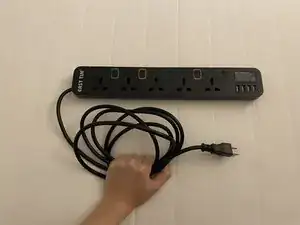A home electrical installation is a complex system of electrical components that bring power into a home and distribute it to the various outlets, appliances, and lighting fixtures. The electrical installation consists of several key components, including the electrical meter, the main electrical panel, the branch circuits, and the electrical outlets and fixtures.
- Electrical Meter: The electrical meter is typically located on the outside of the home and is used to measure the amount of electrical energy that is consumed by the household. The meter is typically owned by the electrical utility company and is used to bill the homeowner for their electrical usage.
- Main Electrical Panel: The main electrical panel, also known as the circuit breaker panel, is the central hub of the electrical installation. It is typically located in a central area of the home, such as a utility room or basement, and is used to distribute power to the various branch circuits. The panel contains a series of circuit breakers or fuses, which are designed to protect the electrical system from overload or short-circuit conditions.
- Branch Circuits: Branch circuits are the wiring and electrical components that connect the main electrical panel to the various outlets, lighting fixtures, and appliances throughout the home. Each branch circuit is protected by a circuit breaker or fuse in the main electrical panel, which is designed to trip or blow if the circuit becomes overloaded or experiences a short-circuit condition.
- Electrical Outlets and Fixtures: Electrical outlets and fixtures are the devices that allow electrical power to be accessed and used throughout the home. Outlets are typically located on walls or in baseboards and allow appliances and electronic devices to be plugged in and powered. Lighting fixtures are also part of the electrical installation and are typically wired into the branch circuits to provide lighting throughout the home.
- Safety Features: Home electrical installations are designed with several safety features to protect against electrical shock and fire hazards. These features include ground fault circuit interrupters (GFCIs), which detect electrical current imbalances and shut off power to the circuit if an imbalance is detected, and arc fault circuit interrupters (AFCIs), which detect dangerous electrical arcs and shut off power to the circuit to prevent fires.
In summary, a home electrical installation is a complex system of electrical components that work together to bring power into the home and distribute it to the various outlets, lighting fixtures, and appliances throughout the household. It is important to ensure that the installation is done by a licensed and qualified electrician to ensure that it meets all relevant safety codes and regulations.
